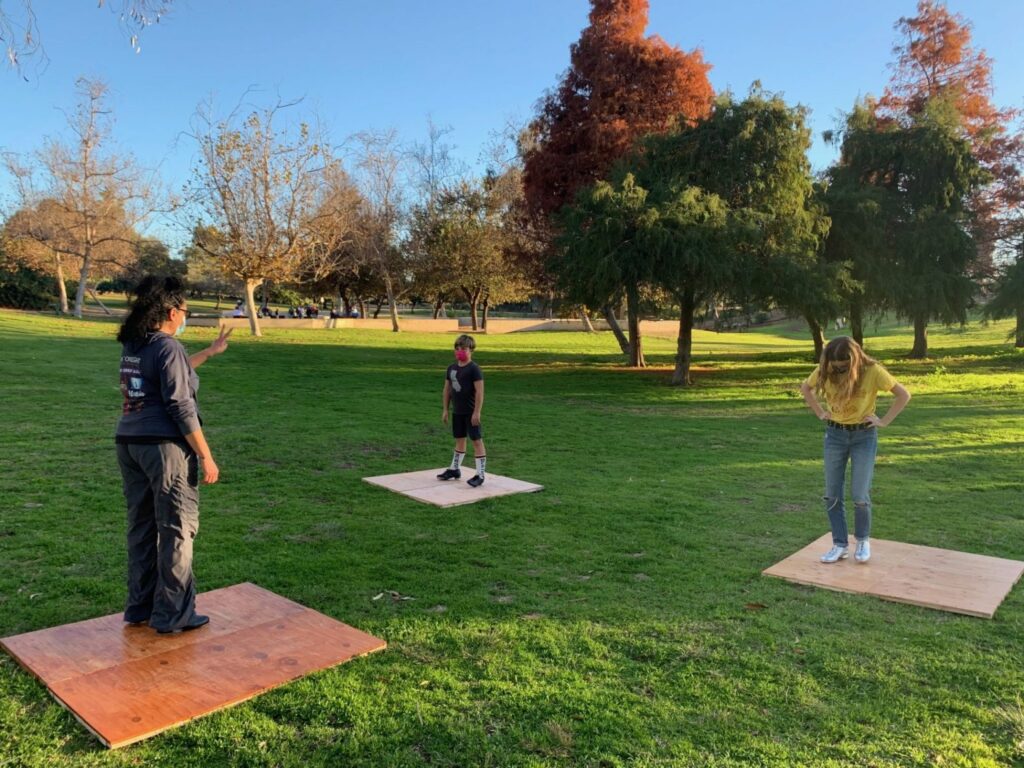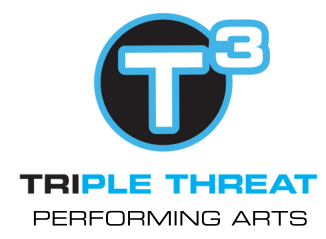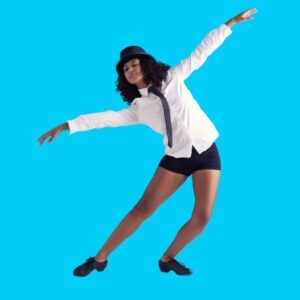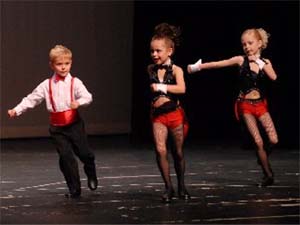Clog Dancing vs. Tap Dancing: Contrasts in Style and Technique. Ever since Hailey was five years old, she learned to dance as she admired clog dancers at their country home. Philip, her brother, on the other hand, referred to them as tap dancers. And this often led to arguments between little Hailey and her brother as she always ask what is the difference between clogging and tap dancing.
Like Hailey, Many People struggle with recognizing the differences between tap dancing and clog dancing. Besides, dancers create beats with their feet in both styles, right? Now you wonder if tap dancing is the same as clog dancing.
Well, there’s only one way to find out the differences between clog dancing and tap dancing.

Differences between Clogging and Tap Dancing.
Clog Dancing vs. Tap Dancing: Contrasts in Style and Technique, both have beginnings in America, but they later advanced differently.
Clog dancing is noticeable among Irish step dancers. In clog dance, the dancer wears clogs or wooden-soled shoes that stress the rhythm of their feet while keeping a straight face.
Tap dancers are usually solo dancers; although this dance form is more fun with a partner, most dancers’ tap dance alone. On the other hand, clog dancers dance in groups. They have an arrangement with each dancer in a straight line, all doing the same movements and making the same sounds with their feet at the same time.
Clog dancers make the most sounds with their heels. They make different motions with their bodies going up and down, primarily heavy movements that constitute a significant difference between clog dancing and tap dancing. On the flip side, tap dancers rarely make heavy movements. Their feet movements are light and move their bodies to the tempo and melodies of music instead of the beats.
Clog dancers do not have taps in their shoes because they make most of their leather and velvet shoes with rigid soles made of wood. Whereas in clog dancing, your shoes are buck taps with a metal that enables the clogger to open their toe tips.
Another difference between clog dancing and tap dancing is that clogging is more flat-footed. Jumps are not so frequent in clog dancing. Whereas In tap dancing, dancers use the ball of their heels.
While tap dancing might have similarities to clogging, their styles are pretty different from one another. Tap dancers have just one tap on their heels and another on the toe, unlike clog dancers. Their shoes can change the sounds you hear when you tap them. There are little tricks that clutch the shoe fastener in place when you loosen or tighten them.
According to the University of Minnesota, “Dancing helps keep you fit and enables you to burn some calories, it keeps your heart and lungs in great conditions and can help you manage your weight effectively.” It makes your mind sharp, and it keeps you happy.
Conclusion
Irrespective of whatever style of dance you choose, whether clogging or tapping, they all have a unique history and significant features that differentiate them from each other. They are both fun to engage in and have strengthened over the years. Dancing helps to lift one’s mood and ease anxiety.
We at T3 Triple Threat , are taking advantage of San Diego’s beautiful weather and holding our classes outside at the ‘North Park Recreation Center, located at 4044 Idaho Street San Diego, CA 92104’ By providing classes outside, we’re able to make ballet dance more accessible in the safest and healthiest of environments while dancers enjoy some of the ‘natural sunshine vitamins’.
We have classes available for all ages and levels, from beginner, intermediate to advanced classes in clogging, ballet, tap dancing, etc.









